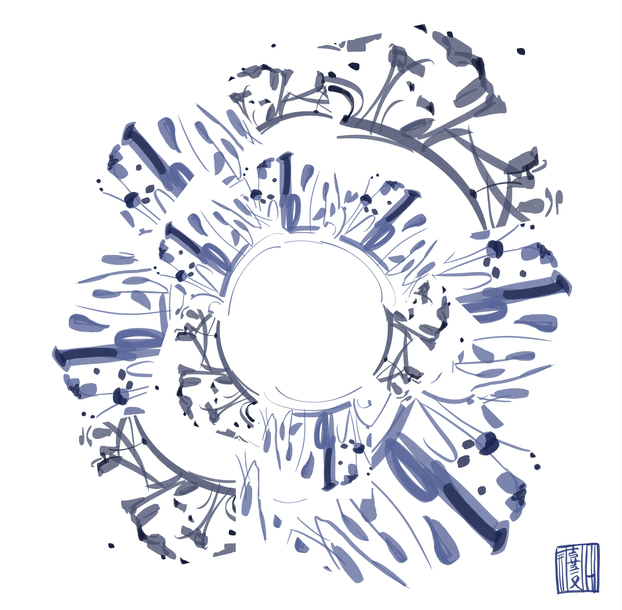The histories, stories, and names of Chinese railroad workers who dedicated their lives to constructing the U.S. Transcontinental Railroad have remained in the shadows for over a century. Completed in 1869, the railroad was a monumental achievement in America’s ‘Manifest Destiny’ during the nineteenth century. But despite their contributions, the Chinese laborers have not received the recognition they deserve. This project seeks to remember Chinese railroad workers via arts-based research methods (ABR). Archives are not merely repositories of the past but also products of political power. In this light, the project poses a key methodological question: How can art-making critically reconfigure the power of archives and lost history? We seek to ask questions, initiate a dialogue, acknowledge the absence, and give form to the invisible. Building upon the historical recovery work of previous scholars, we reconstruct fragmented pieces through remixed artworks. The current article highlights key artworks that demonstrate the scope and variety of a much larger project (Yu 2025b). We dedicate this work to the Chinese master railroad builders––to the great-grandfathers––whose stories and names demand remembrance.

